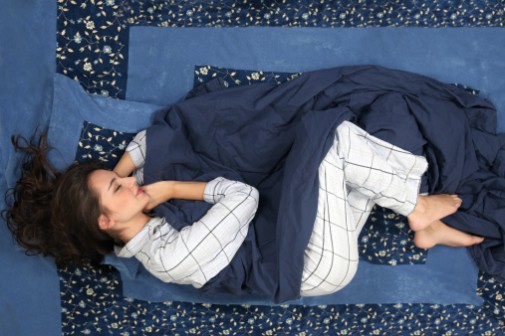New guidelines for spotting sleep apnea

New guidelines from the American College of Physicians say portable sleep monitors are an adequate substitute for an overnight stay in a sleep laboratory for diagnosing obstructive sleep apnea (OSA).
Portable monitors have become more common in recent years because for the average person, they’re just as accurate as an in-lab study, the researchers said. Additionally, insurance companies tend to prefer the low cost of the monitors rather than the higher expense of sleep labs.
However, the authors caution that patients with congestive heart failure, chronic lung disease and neurological disorders should be checked in to a sleep laboratory and not use a portable monitor.
ACP’s new guidelines include advice to help doctors and patients understand the benefits, harms, and costs of tests and treatment options so they can pursue the best care plan together.
“Diagnosing obstructive sleep apnea is high value care,” said Dr. David Fleming, president of ACP, in a news release. “Prior to diagnosis, patients with obstructive sleep apnea have higher rates of health care use, more frequent and longer hospital stays, and greater health care costs than after diagnosis.”
Between 12 and 18 million adults in the United States suffer from OSA, according to the National Heart, Lung, and Blood Institute. Symptoms include daytime sleepiness, unrefreshing sleep, fatigue, insomnia, and snoring.
But sleep apnea does more than rob people of sound sleep, says Christine McBride, clinical sleep educator at Advocate Condell Medical Center in Libertyville, Ill.
“It’s a serious condition that has been linked to cardiovascular disease, hypertension, cognitive impairment, and type 2 diabetes,” said McBride. “It is important to diagnose these individuals so that they can get the proper treatment.”
Related Posts
Comments
One Comment
About the Author
health enews staff is a group of experienced writers from our Advocate Health Care and Aurora Health Care sites, which also includes freelance or intern writers.


















What type of doctor should I see to get checked out and try this portable monitor?